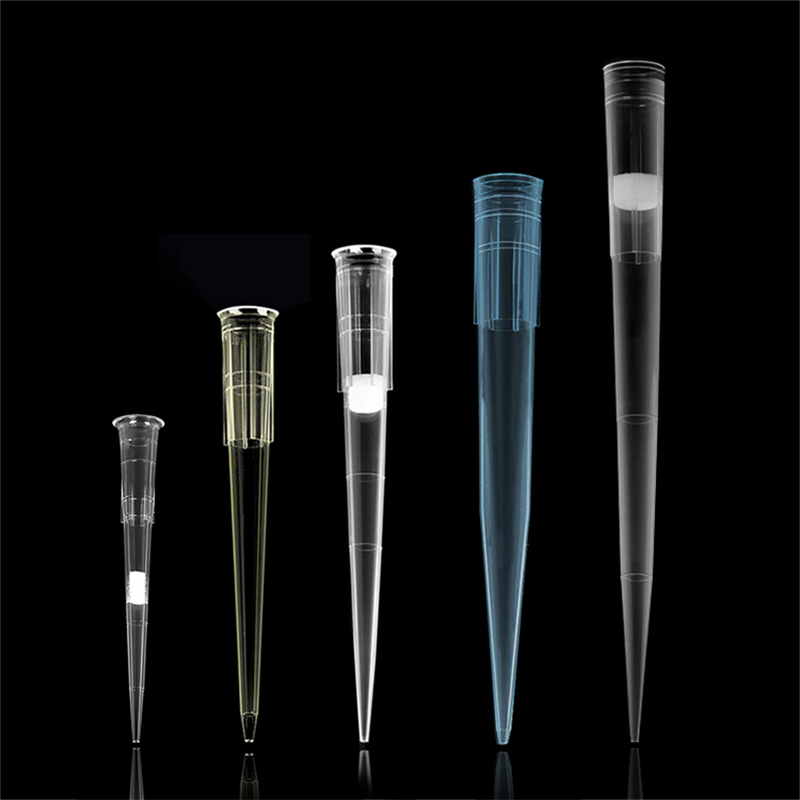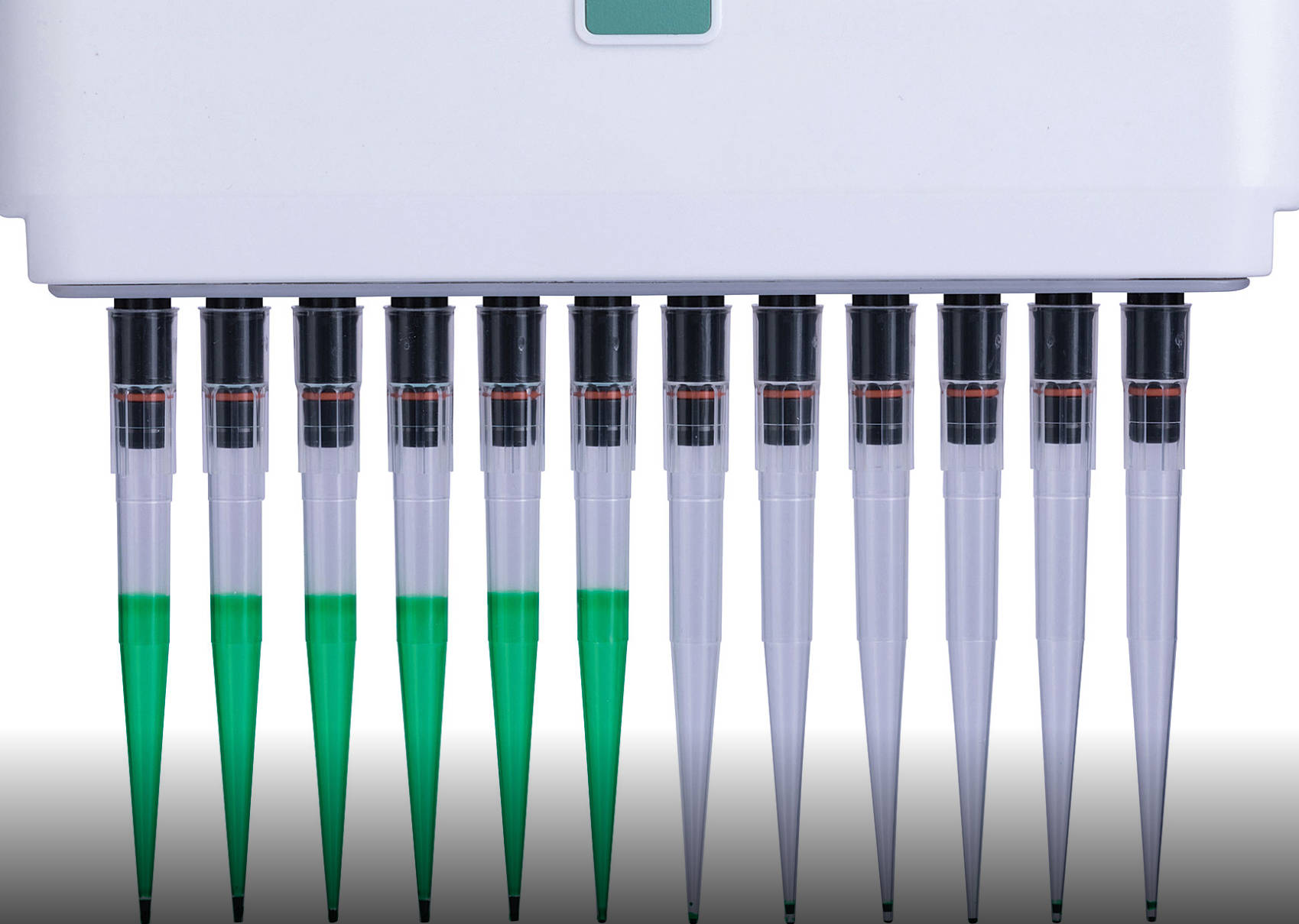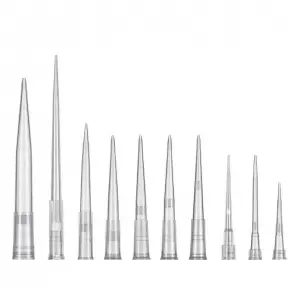-

How to Stop Dripping When Pipetting Volatile Liquids
Who isn’t aware of acetone, ethanol & co. starting to drip out of the pipette tip directly after aspiration? Probably, every one of us has experienced this. Supposed secret recipes like “working as fast as possible” while “placing the tubes very close to each other to avoid chemical loss and...Read more -

Lab Consumable Supply Chain problems(Pipette tips,Microplate,PCR consumables)
During the pandemic there were reports of supply chain issues with a number of healthcare basics and lab supplies. Scientists were scrambling to source key items such as plates and filter tips. These issues have dissipated for some, however, there are still reports of suppliers offering long lead...Read more -

Do You Have Trouble When You Get Air Bubble In Your Pipette Tip?
The micropipette is probably the most used tool in the laboratory. They’re used by scientists in a wide range of sectors including academia, hospital and forensics labs as well as drug and vaccine development to transfer precise, very small amounts of liquid Whilst it can be annoying and frustrat...Read more -

Store Cryovials in Liquid Nitrogen
Cryovials are commonly used for the cryogenic storage of cell lines and other critical biological materials, in dewars filled with liquid nitrogen. There are several stages involved in the successful preservation of cells in liquid nitrogen. Whilst the basic principle is a slow freeze, the exact ...Read more -

Would you like Single Channel or Multi Channel Pipettes?
Pipette is one of the most common tools used in biological, clinical, and analytical laboratories where liquids need to be precisely measured and transferred when performing dilutions, assays or blood tests. They are available as: ① single-channel or multi-channel ② fixed or adjustable volume ③ m...Read more -

How to Proper use of pipettes and tips
Like a chef using a knife, a scientist needs pipetting skills. A seasoned chef may be able to cut a carrot into ribbons, seemingly without a thought, but it never hurts to keep some pipetting guidelines in mind—no matter how experienced the scientist. Here, three experts offer their top tips. “On...Read more -

Classification of laboratory pipette tips
Classification of laboratory pipette tips they can be divided into the following types: Standard tips, filter tips, low aspiration tips, tips for automatic workstations and wide-mouth tips.The tip is specifically designed to reduce residual adsorption of the sample during the pipetting process. I...Read more -

What Should Be Considered when Pipetting PCR Mixtures?
For successful amplification reactions, it is necessary that the individual reaction components are present in the correct concentration in each preparation. In addition, it is important that no contamination occurs. Especially when many reactions have to be set-up, it has been established to pre...Read more -

Is it possible to autoclave filter pipette tips?
Is it possible to autoclave filter pipette tips? Filter pipette tips can effectively prevent contamination. Suitable for PCR, sequencing and other technologies that use vapor, radioactivity, biohazardous or corrosive materials. It is a pure polyethylene filter. It ensures that all aerosols and li...Read more










